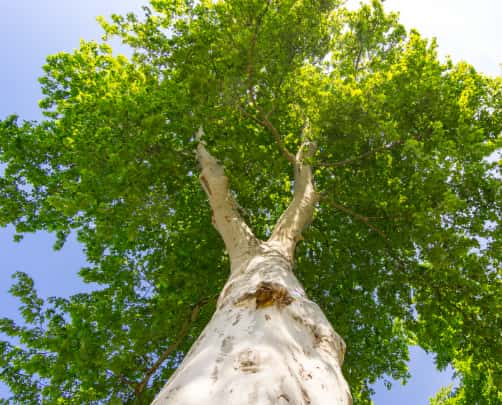Introduction: When it comes to tree trimming, one size does not fit all. The process of pruning trees requires careful consideration of various factors, including the species of tree involved. At Ipswich Tree Surgeons, we understand the critical importance of species selection in tree-trimming practices. In this blog post, we’ll explore why species selection matters and how it influences the effectiveness and outcomes of tree-trimming efforts.
Understanding the Importance of Species Selection
Every tree species has unique growth habits, structural characteristics, and responses to pruning. Therefore, selecting the appropriate tree species for a particular location or purpose is essential to achieving desired outcomes while preserving the health and vitality of the tree. The right species selection ensures compatibility with the local climate, soil conditions, and site constraints, minimising the need for excessive pruning and maximising long-term sustainability.
Factors to Consider in Species Selection
- Growth Rate: Some tree species exhibit rapid growth rates, while others grow more slowly. Fast-growing species may require frequent trimming to maintain the desired shape and size, whereas slow-growing species may need less attention.
- Structural Strength: Trees’ structural integrity and resistance to wind, storms, and other environmental stresses vary. Choosing species with strong branches and sturdy trunks reduces the risk of limb breakage and tree failure, minimising the need for corrective pruning.
- Size and Form: Consider the mature size and form of the tree species relative to the available space and intended purpose. Selecting trees that naturally fit within the landscape reduces the need for excessive pruning to control size or shape.
- Pruning Tolerance: Some tree species tolerate pruning better than others, exhibiting resilient growth and recovery following trimming. Species with high pruning tolerance are ideal for urban environments where regular maintenance is necessary to accommodate infrastructure and pedestrian safety.
Benefits of Proper Species Selection in Tree Trimming
- Health and Longevity: Choosing tree species that are well-suited to their environment promotes overall health and longevity. Properly selected trees are less prone to stress, disease, and pest infestations, resulting in fewer pruning requirements and reduced maintenance costs.
- Aesthetic Appeal: Each tree species has unique aesthetic qualities, including leaf shape, bark texture, and canopy density. Property owners can achieve visually pleasing outcomes by selecting species that complement the desired landscape aesthetic without excessive pruning.
- Ecosystem Services: Trees provide valuable ecosystem services, including air purification, carbon sequestration, and wildlife habitat. Species selection that prioritises native and ecologically valuable trees enhances biodiversity and ecological resilience, contributing to the overall health of the environment.
Conclusion: Species selection is a fundamental aspect of tree trimming practices, influencing the effectiveness, sustainability, and aesthetic outcomes of pruning efforts. By choosing tree species wisely and considering factors such as growth rate, structural strength, and pruning tolerance, property owners can achieve optimal results while promoting the health and longevity of their trees.
Call us on: 01473 943 097
Click here to find out more about Ipswich Tree Surgeons
Click here to complete our contact form and see how we can help with your tree’s needs.

